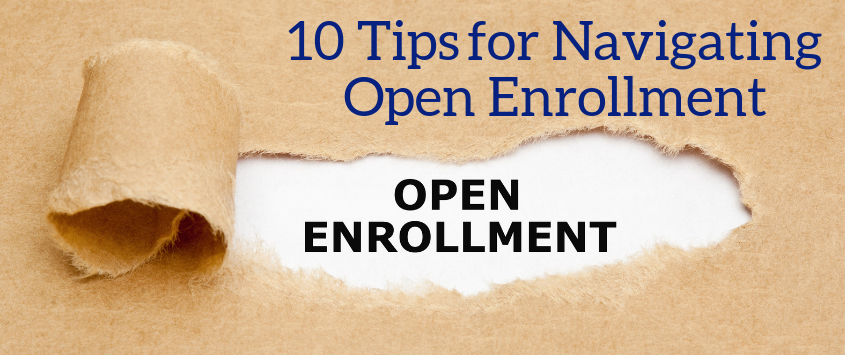Tips for Completing the FAFSA
Planning ahead is vital for a successful academic year and it’s never too early to start thinking about financial aid for next year. The 2020-21 FAFSA is available for filing beginning October 1 and getting an early start means you’ll have plenty of time to complete and submit your financial aid well before the deadline. Whether you’re a student or a parent, filling out FAFSA can be complicated and time-consuming, so it’s important to be careful in order to avoid costly mistakes. With these helpful tips, you can avoid dreading the deadline and rest easy knowing next year’s financial aid is secured.
Fill It Out Early
You may think that you have plenty of time to fill your FAFSA out, but putting off finishing it can cost you. Filling it out and submitting your FAFSA as soon as it’s available provides you with the opportunity to get the most financial aid available, as some financial aid is awarded on a first-come, first-served basis. In some instances, states and colleges run out of money early, so make sure to complete your FAFSA early to avoid being left high and dry for the next academic year.
Get A FSA ID Before Starting Your FAFSA
Your FSA ID is an important part of completing your FAFSA as it allows you to electronically sign your FAFSA and submit it and access other Department of Education websites. Each FSA ID is unique and both parents and students will need to create their own separate IDs in order to avoid any delays that may result from a mix-up.
Use the IRS Data Retrieval Tool (IRS DRT)
One of the requirements for completing your FAFSA is supplying your financial information. The IRS Data Retrieval Tool lets you avoid the difficulty of finding old tax returns or risk entering the wrong data. In a few simple clicks, you can import your tax information quickly and accurately, reducing the risk of any errors. Simply click “Link to IRS” to use it.
Carefully Review Information Before Submitting Your FAFSA
Even the simplest mistake can have a serious impact your financial aid, delaying your application or affecting the amount of financial aid you receive, so before you submit your FAFSA it’s important to make sure everything is complete. Common mistakes include leaving too many fields blank, forgetting to list the colleges you plan to attend, or misplaced commas and decimal points. Mistakes often come from failing to read or misunderstanding directions so while you’re reviewing your information make sure you’ve filled everything out according to the instructions.
Sign and Submit
Until you’ve signed and submitted your FAFSA it’s still incomplete. Once you’ve reviewed all of your information and checked or corrected and mistakes you can submit your FAFSA electronically using your FSA ID.
If you’re looking for help with questions about making sure you have everything you need for your financial aid application, contact an experienced accountant like the ones at Donohoo Accounting Services. Schedule a free consultation at 513-528-3982 or email us today. Check us out on Facebook, Twitter or LinkedIn for our latest updates!









